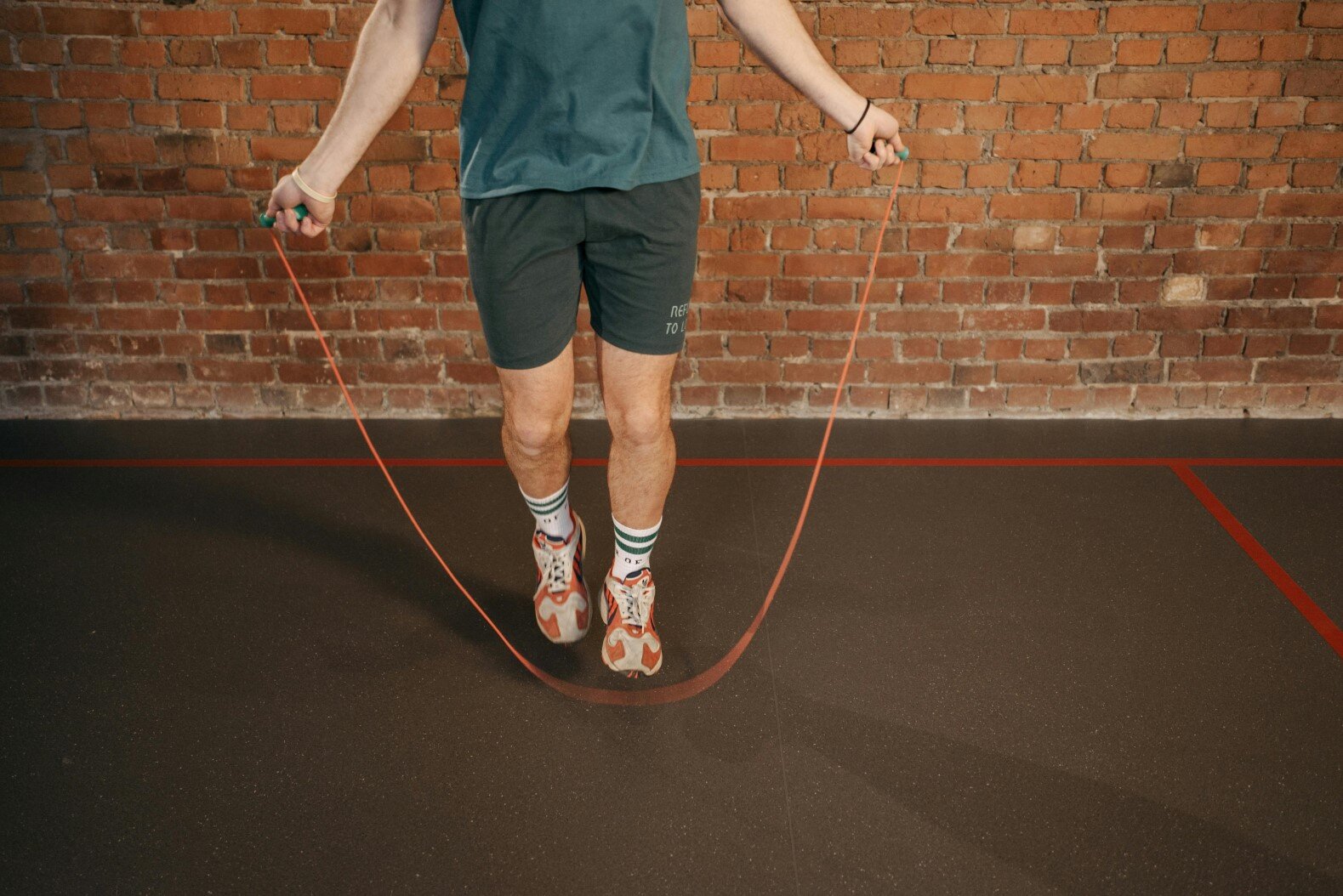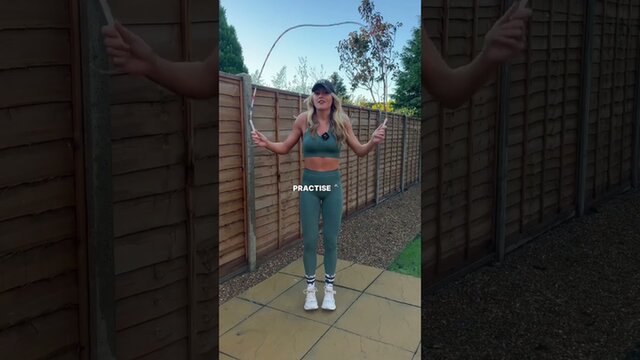Golf is one of those sports that isn’t necessarily high up the list in terms of cardiovascular demands, as we are either taking a gentle stroll in the fairways or cruising on a golf cart listening to some tunes on your mobile speaker.
The truth is, golf can be a great source of cardiovascular activity, and having a good level of cardio fitness can even help you on the golf course.
Let me paint a scenario for you: you have just finished putting out on the 7th green at the wonderful Royal Johannesburg East Championship Golf Course, making your third par in a row. Now you have a short walk up to the 8th tee box, a reachable par five. In your mind you are thinking: par or even birdie here will really set up my back nine.
It is quite a steep walk up to the elevated tee box and by the time you get there, you are a little out of breath... you grab your driver, stand over the shot and in a whirlwind of huffing and swinging your driver, you top your tee shot just short of the fairway. In the space of 10 minutes up to the elevated green, seven swings and some heavy breathing, you have managed to undo all the hard work of the previous three holes.

DID YOU KNOW?
GolfRSA has partnered with The R&A for a year-long journey looking at the benefits of golf
read more!

DID YOU KNOW?
GolfRSA has partnered with The R&A for a year-long journey looking at the benefits of golf, with a highlighted theme each month. May’s #HealthyHabit is Golf is Good for Your Heart.
Explore the benefits of golf and why you should choose this sport as your #HealthyHabit for life. Research has shown that golf improves many physical and mental aspects including muscular strength, power, endurance and confidence. Golfers also benefit from green space and social interaction.
Join THE GOLF MAG and GolfRSA on social media and share how golf has been good for your health.
Think back to a time when you started to get stressed or panicked. Where did you feel that emotion? Did you notice your heart rate increasing, did you feel your hands beginning to shake a bit, or maybe you had a horrible pit-of-your-stomach hollow feeling?
In uncertain circumstances (and life is mostly uncertain!), our brain responds to the information we are receiving from our senses and releases a cascade of chemicals that produce bodily sensations such as the ones described. Our brain is increasing our physiological arousal in order for us to learn more about the situation and thereby reduce uncertainty.
So, where do emotions come into it? Well, our brains use our past experience to interpret these sensations to make sense and meaning of them – and we experience this interpretation as an emotion. So, that raised heart rate and shaky hands are interpreted like this: “Oh, I know what these sensations are, I have seen this before, they are panic!” Then we feel panicked.
That’s great news, it means we are a little bit more in control of our emotions than we thought – we actually make and construct our emotions, we are not just their victim.
So how does knowing this help you under pressure? Now you learn the art of reinterpretation:

I say this in jest, but this is often the case with many golfers, and with the pandemic of golf-cart golf in South Africa, our fitness levels are just not what they used to be. There are many countries overseas where you need to furnish the golf pro shop with a medical certificate stating a reason why you need to take a golf cart!
Golf can be classified as an endurance sport with bursts of explosiveness, and good levels of cardiovascular fitness can really help your performance on the golf course:
- Improved recovery between shots or walks.
- Better energy levels on the golf course.
- Ability to hold your posture for longer as the round progresses.
- Improved mood and emotional response on the course.
There are a number of ways to improve your cardiovascular fitness. One of them is to just start walking your rounds instead of carting, but if the idea of slogging away at the gym treadmill scares you, why don’t you try skipping?
Skipping is one of the best exercises you can do, especially for golf. Here are a few of the reasons behind my statement:
- It is a whole body exercise, in other words, it loads the entire body, not just the legs or arms.
- It is explosive: in order to jump over the skipping rope, an element of explosiveness is needed to jump so the rope clears your feet.
- It is great for posture: have you ever seen someone skip with a hunched upper body like you would find on a spinning bike? Me neither.
- It is great for shoulder strength and rotator cuff: the centrifugal force of the rope, coupled with the upright posture of your shoulders while jumping can lead to better shoulder and scapular integrity.
- It is rhythmical: there is nothing quite like watching a person who can skip move effortlessly as that rope glides under their feet while they jump.
- It is mobile: no need to brave the crowds at the commercial gym, or the traffic. You can skip at home; all you need is a bit of space, skipping rope of your choice and 10 minutes a day.
I use skipping a lot with my professional golfers, as it is also extremely helpful for a travelling golfer to pack the skipping rope so that they can continue their fitness progression on Tour, but it is also extremely beneficial to the recreational golfer.
Why don’t you document your progress with a weekly video, and over a three-month period you will be able to watch your progression in technique, duration, quality of movement and perhaps even throw a trick in there or two.

TYRONE WINFIELD/SUNSHINE TOUR/OCTAVIO PASSOS/R&A VIA GETTY IMAGES/SUPPLIED
For many people, skipping is a forgotten skill from our childhood, but it can be relearned. Lauren Flymen (lauren.jumps IG) used Covid lockdown (remember that season) to start a journey of jumping rope, and made an online business out of it. Here is a link to one of her instructional videos on how to learn to skip:
WATCH NOW

did you know?
GolfRSA has partnered with The R&A for a year-long journey looking at the benefits of golf, with a highlighted theme each month. April’s #HealthyHabit is Golf is Good for Fitness.
Explore the benefits of golf and why you should choose this sport as your #HealthyHabit for life. Research has shown that golf improves many physical and mental aspects including muscular strength, power, endurance and confidence. Golfers also benefit from green space and social interaction.
Join THE GOLF MAG and GolfRSA on social media and share how golf has been good for your health.
About the author
Gavin Groves graduated with honours in biokinetics from the University of Pretoria in 2007 after completing his undergraduate degree in human movement sciences. He started at the World of Golf in 2007 as a golf fitness professional, working with beginners, elite amateurs and professionals. A year later, he started at the Titleist Performance Institute (TPI) and completed all three levels by 2012. He is also an AA-member of the PGA of South Africa. Gavin joined the University of Pretoria's High Performance golf programme in 2013, and in 2018 he moved full time to the DP World Tour, where he has worked with players including Brandon Stone, Andy Sullivan and Darren Fichardt. He also counts numerous past and present Sunshine Tour professionals as clients. In a career spanning over 16 years, Gavin has worked with over 50 South African professionals and continues to grow the fitness aspect of golf internationally and locally. He has been the full-time fitness consultant of the GolfRSA National Squad since 2017 and has worked with some of the best SA amateur golfers, including Jovan Rebula, Aldrich Potgieter and Christo Lamprecht.
About the author
Dr Kirsten van Heerden is one of only a few people in South Africa to have represented her country as an athlete and hold a PhD in sport psychology. She has worked and travelled extensively within high performance sport for more than 15 years. She has published a book on the challenges athletes face when they retire from elite sport called Waking from the Dream and hosts her own podcast called ‘Behind the Dream’ where she talks with some of the world’s best athletes about the ups and downs of being a professional athlete. She is also the founder and chairperson of Girls Only Project – a non-profit company focusing on women in sport issues. She is in private practice at Newton Sports Agency.







@GavinGrovesGolf
@gavingrovestraining
www.newtonagency.co.za
Behind the Dream